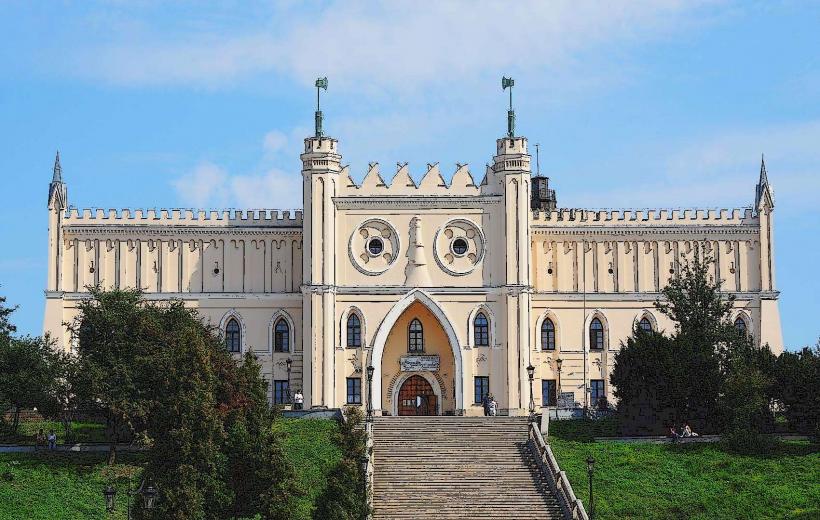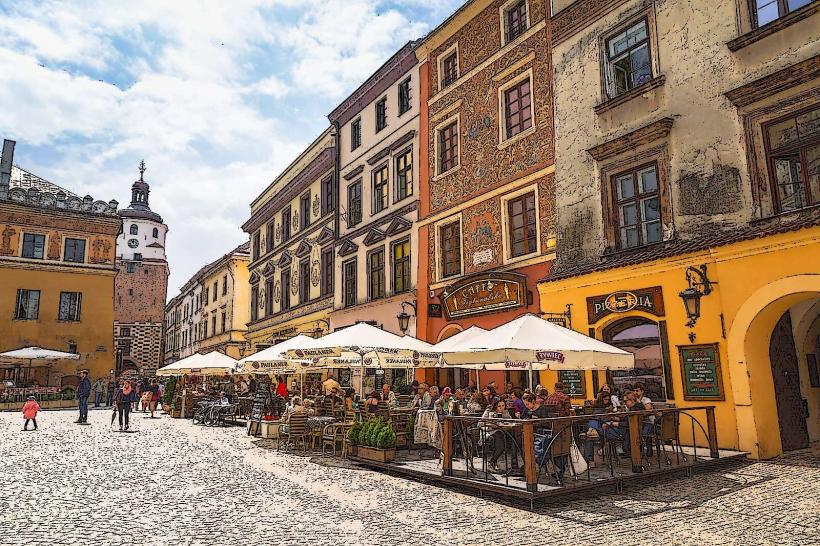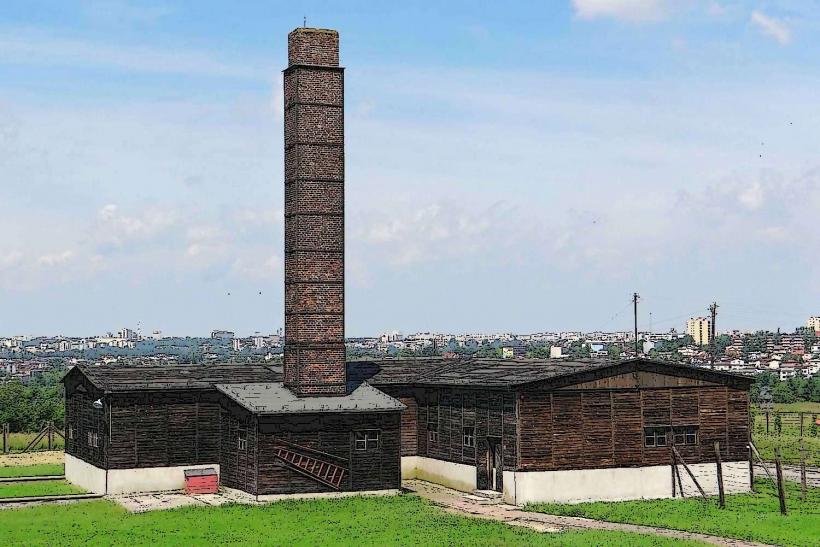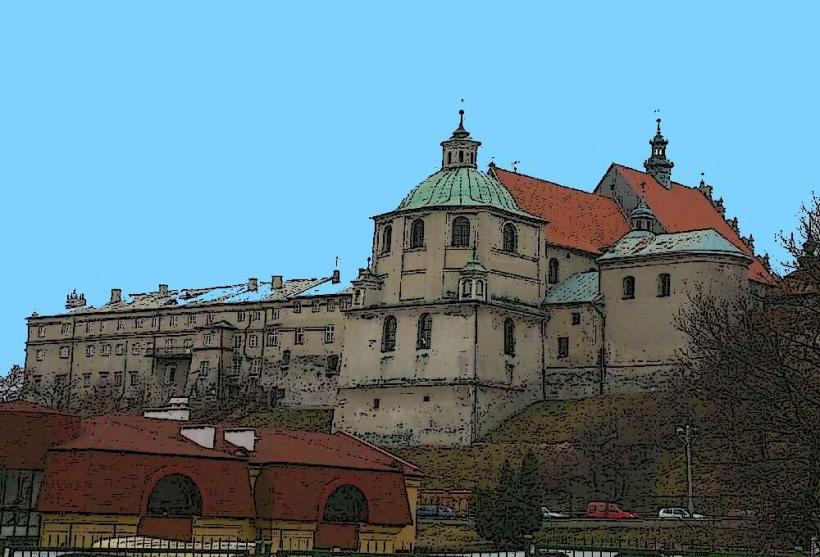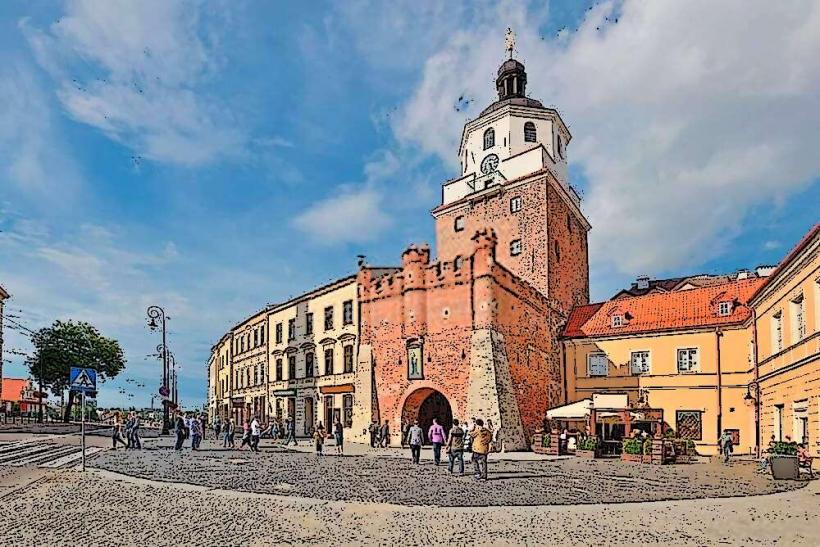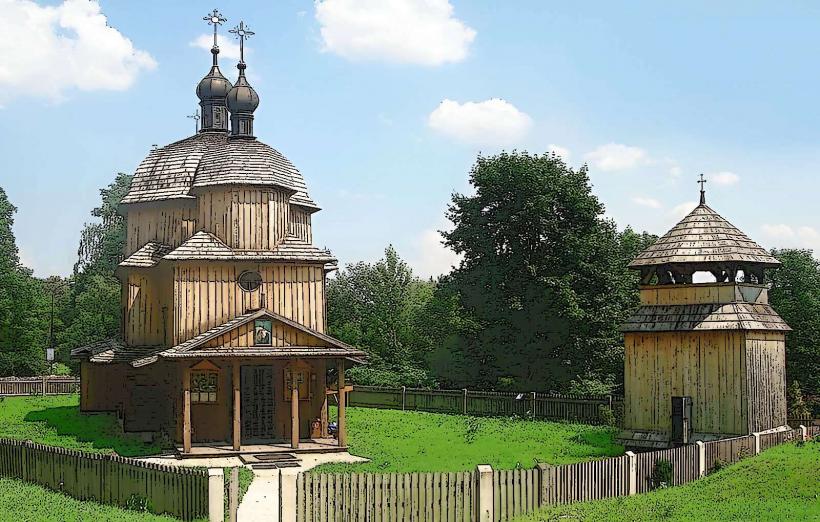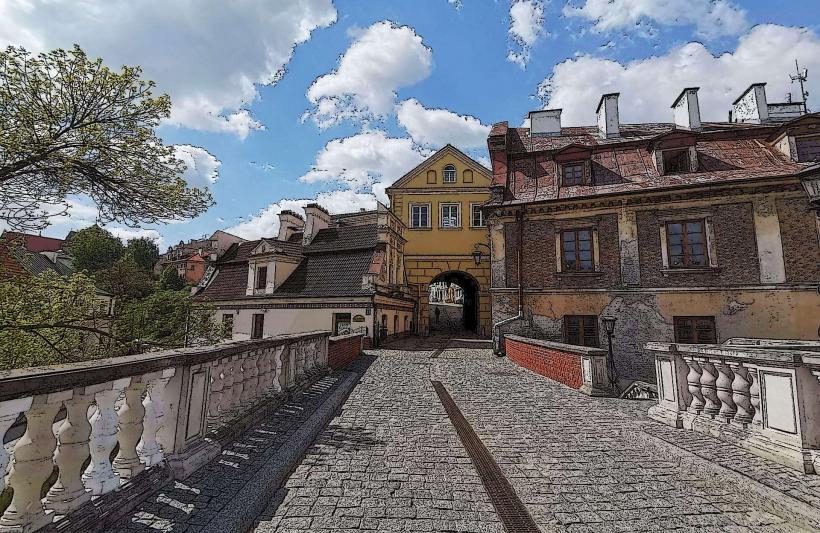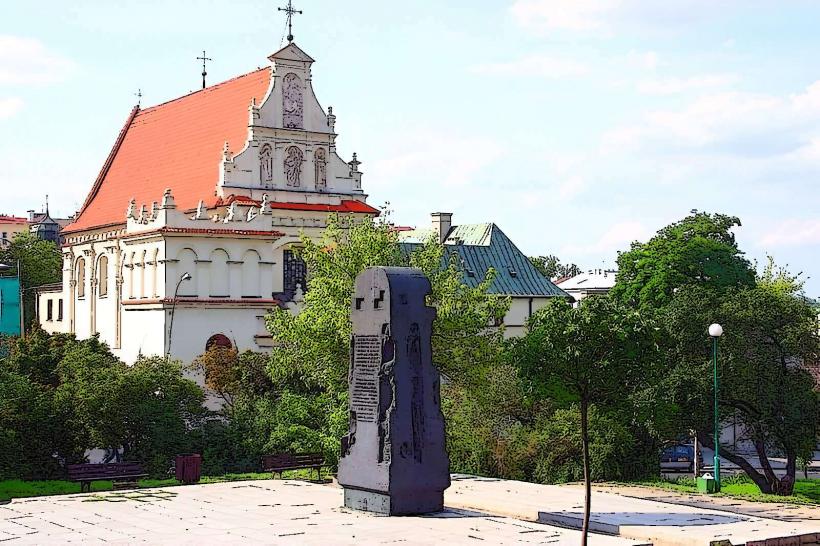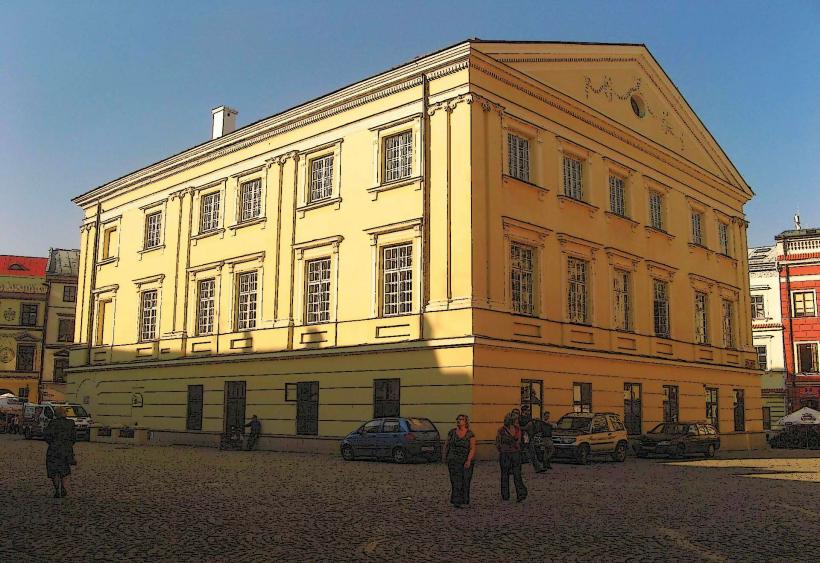Information
Landmark: Lublin CathedralCity: Lublin
Country: Poland
Continent: Europe
Lublin Cathedral (Archcathedral of St. John the Baptist)
The Lublin Cathedral, officially known as the Archcathedral of St. John the Baptist (Archikatedra Lubelska św. Jana Chrzciciela), is one of the most significant religious and architectural landmarks in Lublin, Poland. It has deep historical, cultural, and spiritual importance to the city and the surrounding region.
1. History
Foundation: The cathedral's origins date back to the 12th century. It was initially founded as a parish church and served as part of the Lublin Castle complex. Over the centuries, the cathedral underwent several renovations and reconstructions, growing in size and importance.
Romanesque Beginnings: The first church was constructed in the Romanesque style in the 12th century, though it was later expanded and rebuilt in other architectural styles.
Gothic Modifications: In the 14th century, significant changes were made to the structure, especially in terms of the interior design and the construction of the Gothic vaults. This transformation enhanced the cathedral’s grandeur and elevated its status as a central place of worship.
Baroque Transformation: During the 17th century, the cathedral was extensively refurbished in the Baroque style. Notably, Francesco del Tadda, an Italian architect, was involved in the redesign. The Baroque renovations gave the cathedral its current magnificent appearance, including the altar, chapels, and interior decorations.
Status of Archcathedral: In the 18th century, the cathedral became the seat of the Archbishop of Lublin. It became an archcathedral after the Diocese of Lublin was elevated to an archdiocese in 1805.
Modern History: During World War II, the cathedral suffered damage due to bombings, and it was later restored in the post-war period. Despite the challenges, the cathedral has remained a center of religious and cultural life for the city of Lublin.
2. Architecture
Exterior: The Lublin Cathedral combines elements from multiple architectural periods:
- Romanesque: The original church's Romanesque features, including its robust and simple facade, can still be observed in parts of the building.
- Gothic: The cathedral has impressive Gothic vaults and pointed arches, especially in the nave.
- Baroque: The Baroque influence is most evident in the facade, the grand main altar, and the interior's decorative elements, such as the stucco work, frescoes, and paintings.
Facade: The imposing Baroque facade is adorned with statues of saints and angels, and it features large windows that let in ample light, enhancing the interior's atmosphere.
Interior: Inside, the cathedral is known for its magnificent Baroque altar and a series of chapels, each decorated with beautiful art, sculptures, and frescoes. The wooden stalls and organ are other notable features of the interior.
Bell Tower: The cathedral is crowned with a bell tower, which is an iconic part of the city's skyline. The tower stands at 48 meters tall and provides a commanding view of the surrounding cityscape.
3. Key Features and Artworks
Main Altar: The main altar of the cathedral is a Baroque masterpiece, with rich decoration and gilded elements. It depicts scenes from the life of St. John the Baptist, who is the patron saint of the cathedral.
Chapels: The cathedral houses numerous chapels dedicated to various saints and religious figures. Notable among them is the Chapel of the Holy Cross, which features stunning Baroque frescoes and intricate carvings.
Organ: The cathedral's organ is one of its prized possessions. It is a beautifully crafted Baroque instrument that is still used for regular services and concerts.
Frescoes and Paintings: The cathedral features numerous frescoes, particularly in the dome and the ceilings, which showcase scenes from the Bible and the lives of saints.
Tomb of the Bishops: The cathedral also serves as the final resting place for many prominent figures from Lublin's religious history, including several bishops of Lublin.
4. Role and Importance
Religious Role: As the seat of the Archbishop of Lublin, the cathedral plays a central role in the religious life of the city. It hosts regular masses, religious services, and is the site for major church ceremonies such as ordinations, weddings, and funerals.
Cultural Significance: Beyond its religious function, the cathedral is a cultural center in Lublin. It is a venue for classical music concerts, organ recitals, and other cultural events. The cathedral's connection to the Baroque era and its stunning architecture makes it an important piece of Polish religious art.
Pilgrimages: The cathedral is a destination for pilgrims, particularly those who visit to see the relics of St. John the Baptist and to seek spiritual solace.
Tourism: As one of Lublin's most visited landmarks, the cathedral is a must-see for visitors to the city. It provides insight into the rich religious and architectural heritage of the region.
5. Visitor Information
Location: The cathedral is located in the Old Town of Lublin, on Pl. Katedralny (Cathedral Square). It is easily accessible from other landmarks in the city.
Visiting Hours: The cathedral is open to visitors daily. However, visiting hours may be subject to change due to religious services or special events. It is recommended to check the official website or local tourist information before visiting.
Admission: There is typically no charge for entering the cathedral, though donations are often welcomed. Special tours or services might have an entry fee.
Guided Tours: Visitors can also take guided tours to learn more about the history, architecture, and religious significance of the cathedral. These tours are often offered in Polish, but English-speaking tours can sometimes be arranged.
6. Summary
The Lublin Cathedral stands as a beautiful example of Baroque architecture, blending elements of Romanesque, Gothic, and Baroque styles. It is an essential part of the spiritual and cultural life of Lublin, serving both as a place of worship and as a historical monument. Its artworks, architecture, and religious significance make it one of Poland's most important cathedrals, and it continues to attract both pilgrims and tourists alike.

